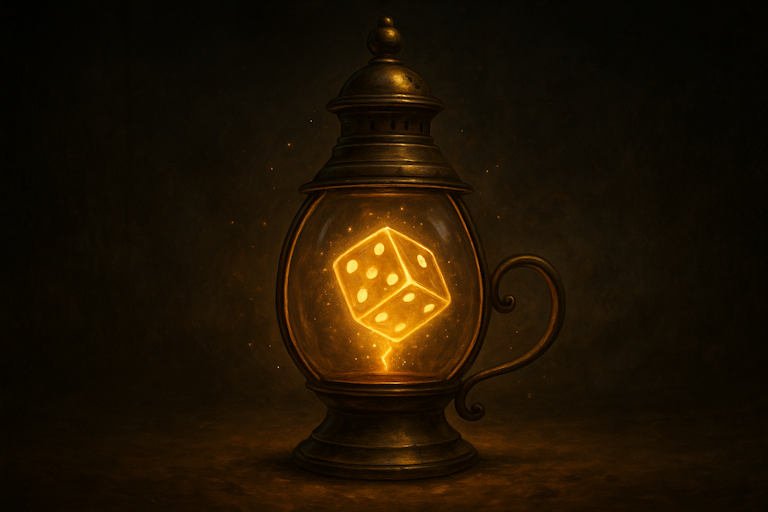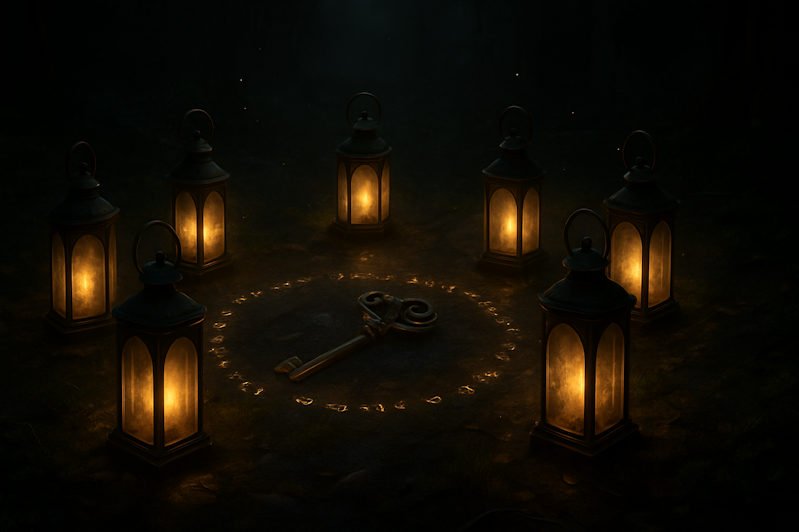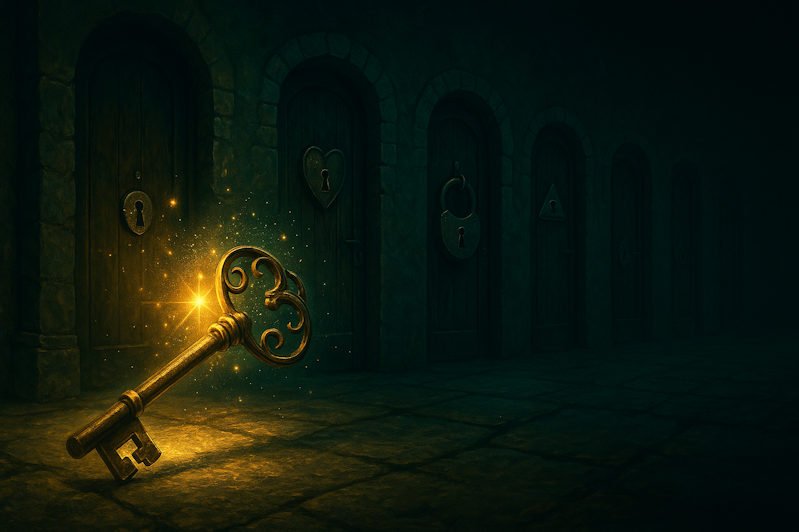
Conspiracy board games: why hidden plots and secret roles fascinate us (2025)
Conspiracy board games capture a very specific thrill: the moment when you realize not everything is as it seems. Secrets, hidden motives, and subtle clues create an atmosphere of suspicion that pulls players deeper into the experience. Unlike games where everything is visible, here the tension lies in what remains unseen.
At the heart of these games is mystery and doubt. Who can you trust? Which information is real, and which is misdirection? Every look, every pause, and every claim can change the direction of play. This constant uncertainty keeps players alert, forcing them to balance intuition with logic. The result is a type of engagement that feels closer to storytelling than to strategy alone.
In this article, we’ll explore why conspiracy board games hold such strong appeal. From the power of hidden roles to the psychological tension of suspicion, we’ll look at the lessons they teach us about trust, risk, and human interaction. Along the way, we’ll also reflect on how secrecy and revelation shape not just the game itself, but the way players connect with one another.
Conspiracy board games: the allure of secrecy, suspicion & intrigue
Conspiracy board games thrive on the tension of the unknown. While many games rely on visible strategies and open moves, these games hide key pieces of information and invite players to fill in the blanks. That uncertainty is not a flaw but the main attraction: it creates an atmosphere where every choice feels weightier, every pause more suspicious.
The first layer of appeal lies in secrecy. Hidden roles, secret objectives, and concealed cards make players wonder what others know. This creates a subtle current of tension at the table: even silence becomes meaningful, and every statement invites interpretation. Secrecy fuels imagination, letting players project possibilities that may or may not be true.
Next comes suspicion. When trust is shaken, players begin to second-guess each other. Accusations arise, alliances shift, and bluffing becomes a central skill. Suspicion heightens emotions, but it also makes victories more satisfying. To navigate mistrust and still reach a goal feels like a triumph of both logic and intuition.
Finally, there is intrigue. These games simulate the drama of hidden agendas and covert schemes without real-world risk. They let players taste betrayal, secrecy, and surprise in a safe, playful environment. The sense of narrative — of stories unfolding through deception and revelation — adds depth beyond mechanics.
Together, secrecy, suspicion, and intrigue explain why conspiracy board games are so compelling. They transform a simple play session into a stage where motives are hidden, trust is fragile, and every reveal feels electric. The thrill comes not just from the outcome, but from the dance of shadows that leads to it.
Reveal the Firefly Inn
Behind its lantern light, stories come alive.
Cross the threshold, and let the inn show you what waits beyond.

Hidden roles and psychological dynamics
One of the strongest appeals of conspiracy board games is the presence of hidden roles. Unlike traditional games where every player’s position is visible, here identities are concealed. Some may secretly work together, others may sabotage the group, and no one is certain where true loyalties lie. This mechanic transforms not just the strategy, but the psychology of play.
Hidden roles introduce a unique trust dynamic. Players must decide who to believe, who to doubt, and when to reveal their own information. A false claim can change the entire course of a session, while a well-timed reveal can swing momentum back in your favor. Trust becomes a currency, earned and spent carefully, with every word and gesture shaping how others perceive you.
These games also highlight the fragility of alliances. A friend at the start may turn out to be an opponent in disguise. The constant possibility of betrayal keeps everyone engaged, but it also teaches adaptability: alliances must be flexible, and strategies must shift as truths emerge. This mirrors real-life dynamics, where cooperation often relies on limited knowledge and imperfect information.
On a deeper level, hidden roles encourage social intuition. Players sharpen their ability to read tone, body language, and patterns in behavior. Suspicion and deduction become part of the experience, blending psychology with play. The thrill is not just in guessing correctly, but in the feeling of being part of a living puzzle where human interaction is the key.
In the end, hidden roles remind us that conspiracy board games are not simply about winning or losing. They are about navigating uncertainty, testing trust, and exploring the fine line between honesty and deception. This interplay of secrecy and psychology is what makes them unforgettable, turning each round into a story of tension, revelation, and surprise.
Reveal the Firefly Inn
Behind its lantern light, stories come alive.
Cross the threshold, and let the inn show you what waits beyond.

Quick insights: why conspiracy board games captivate players
The charm of conspiracy board games lies in the small mechanics and social twists that make every session unpredictable. These lessons highlight why they work so well:
- Hidden knowledge sparks tension. When players don’t know everything, even simple actions feel loaded with meaning.
- Trust becomes the real resource. More than cards or dice, it is confidence in others that shapes the outcome.
- Betrayal fuels emotion. The shock of discovery — or the thrill of deceiving successfully — makes memories stick.
- Social reading is rewarded. Observing tone, timing, or hesitation can matter as much as strategy on the board.
- Reveals create drama. The moment truth comes to light delivers a rush that pure logic alone can’t provide.
- Balance is essential. Too much secrecy frustrates; too much clarity removes the intrigue. The sweet spot lies in between.
These insights show why conspiracy board games resonate so deeply. They turn play into more than mechanics: a living stage where secrets, trust, and human intuition shape the experience.

Every secret carries weight.
Some bind allies, others break them
— but none remain harmless in the dark.”
Potential risks and how to manage them
While the appeal of conspiracy board games is undeniable, they also carry risks that need attention. The very elements that make them exciting — secrecy, betrayal, suspicion — can create tension that goes beyond the playful space of the table. Understanding these risks ensures that intrigue remains fun rather than frustrating.
The first risk is overwhelm through complexity. When rules for secrets and hidden roles become too elaborate, players may feel lost instead of engaged. Too many layers of deception can confuse rather than intrigue. The solution lies in balance: enough mystery to spark excitement, but clear enough mechanics to keep play flowing.
Another risk is conflict between players. Accusations and deception can easily spill into real emotions, especially if players feel unfairly targeted or left out. To manage this, groups can agree on a spirit of play before starting: accusations are part of the game, not personal attacks. Simple reminders help keep tension inside the world of play rather than the circle of friends.
A subtler challenge is exclusion of quieter voices. In games fueled by debate and suspicion, outspoken players may dominate, leaving others sidelined. Good facilitation — rotating leadership, encouraging everyone to speak — helps keep all players involved. This ensures that the thrill of intrigue is shared rather than concentrated.
Finally, there is the risk of erosion of trust if games are played too often in the same group. Constant deception may blur into real suspicion. Alternating with more cooperative or open-information games keeps the balance healthy.
By being mindful of these risks, conspiracy board games can stay true to their essence: thrilling, mysterious, and engaging. With balance, clarity, and care, they remain what they are meant to be — a playful exploration of trust and secrets, not a source of division.
Conclusion – Conspiracy board games: embracing the thrill of secrets
At their core, conspiracy board games remind us why secrets and intrigue hold such power. They transform a table of friends into a stage where trust is tested, roles are hidden, and every reveal feels electric. Unlike open-information games, here the drama lies not in what is seen but in what remains concealed.
We have seen how secrecy, suspicion, and hidden roles create a unique dynamic that fascinates players. Conspiracy board games thrive on this uncertainty, turning doubt into a tool for engagement. They encourage sharper observation, more careful decisions, and an awareness that trust is always provisional.
Yet they also highlight the fine line between thrill and tension. Without balance, conspiracy can slip into confusion, or suspicion can sour into conflict. That is why the best conspiracy board games combine mystery with structure, deception with clarity. When handled with care, they let players enjoy the rush of secrecy without losing the spirit of play.
In the end, the fascination with conspiracy board games is not only about winning or uncovering roles. It is about the emotions they awaken: suspense, surprise, betrayal, and laughter. They mirror the complexities of trust in a playful, safe environment. And when the game ends, what lingers is not just the memory of who deceived whom, but the shared experience of mystery that brought everyone to the table.
Reveal the Firefly Inn
Behind its lantern light, stories come alive.
Cross the threshold, and let the inn show you what waits beyond.





